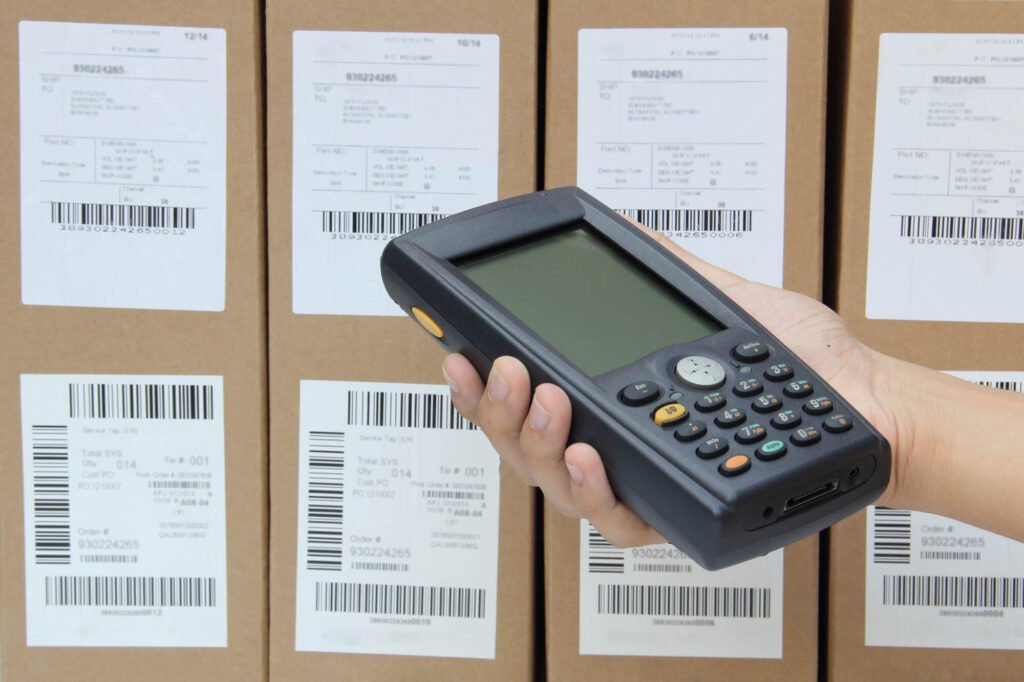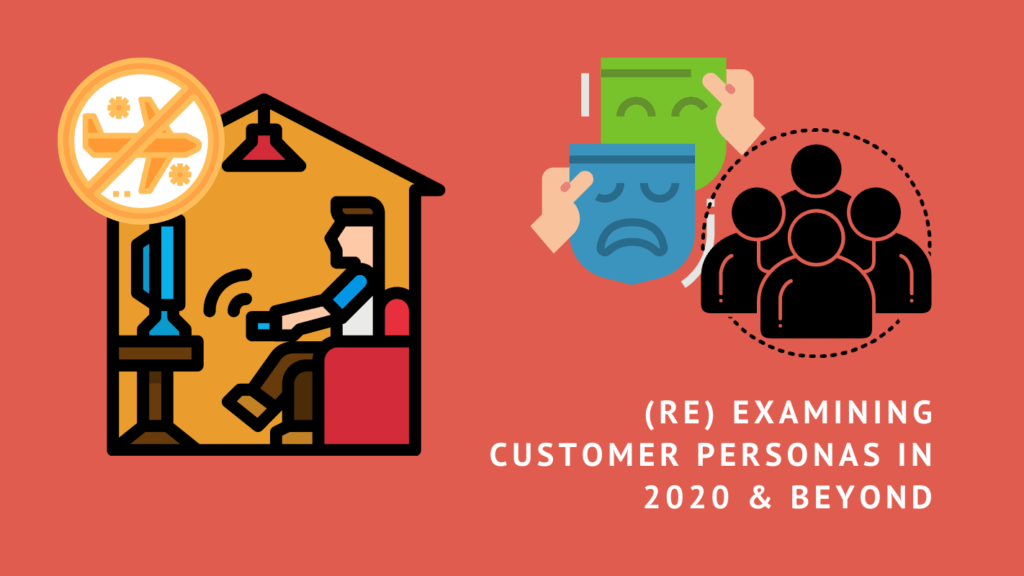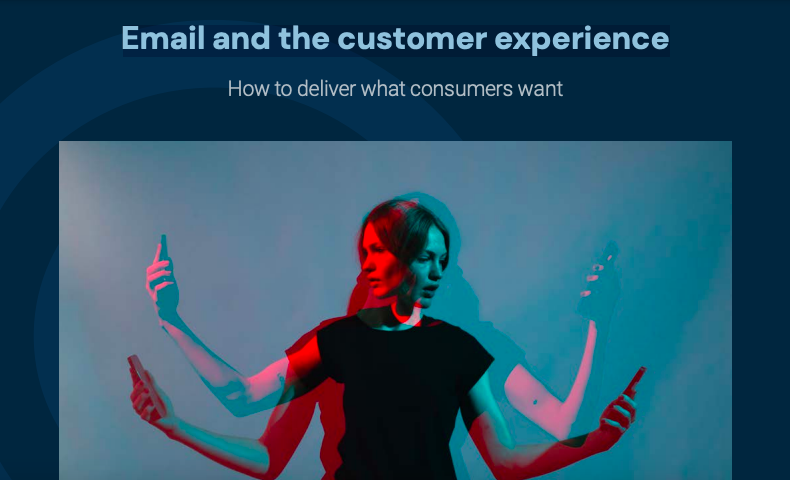Can you believe where we are today? When we marketers were looking at our 2020 predictions, nobody thought we would be locked in our houses like animals yearning to break free.
Who ever would have dreamed we could be spending 8+ hours on video calls being seen by the world?
Heck, I can remember playing with my grandma’s Clairol round light-up mirror. Now, here we are, 40 years later, and I’m still playing with lights, this time on the 21st Century version of that old makeup mirror – the ring light that gives my face a healthy glow on video.

Recognizing our shared reality
What’s important to remember about our current situation is that we are all sharing this reality with our co-workers and customers. It’s not like sitting in Texas and watching a hurricane devastate Florida or an earthquake take out entire villages in Asia. We as a world are going through this together.
The other change is that we have finally come to see the value of viewing marketing as a service. I’ve written before that humanity and empathy are essential in these times. But the core of it is who is on the other end of your emails, texts or posts?
We’ve been forced by reality to rethink why we’re in this business of marketing. Don’t get me wrong; I think it’s good that we’re re-examining our priorities. How have the last four months of pandemic, economic disruption and social upheaval changed your reality and practice of marketing?
We’ve had to learn new ways of communicating with our end users. And, we are end users ourselves in ways we never expected to be. In my case, I rarely ordered groceries on my phone before last March. I do it all the time now, using Instacart or a local store’s delivery service. And that experience led me to a marketing epiphany.
Incorporating this shared reality in marketing
Now companies are realizing that the customer has very different motivations. Their shared reality might be just getting stuff in the home because they can’t get out. Maybe they have adult children in the home, or they’re quarantining with parents or in-laws, and that changes their lifestyle.
Companies have taken greater responsibility for customer service to behave empathy with their customers to preserve loyalty.
And now for that epiphany: I just had my worst experience with a shopper for Instacart. The shopper was trying to choose the items I had ordered, but she was picking things that were wrong or poor substitutes for my selections.

I finally just told her to stop shopping and canceled the order. What’s more, I had just invested in an Instacart Express membership, which gives you unlimited delivery for $100.
Humanity saves the day
Fuming, I went to the Instacart app chat to complain. I filled the usual customer service request, tagging the failed order and asked for help getting a refund so I could start over.
I expected to see the dreaded chatbot handle my complaint. That’s what companies do in normal times – use bots with impersonal language whose main goal is to process and clear customer service problems as fast as possible.
To my surprise, though, a real person came on the chat. We had a pleasant conversation and when describing what happened, I said it was “horrific at an epic scale.” Which is a sanitized version of how I would have described it if I were among family and friends. I do have standards, after all.
I could see the cursor moving as he typed his response. I expected the usual customer-service shuffle – solve the problem, move on, click off.
Here’s the next thing he said: “I just looked at the chat between you and your shopper, and yes. It was a horrific life situation.”
In an instant, I went from being furious to laughing hard. Someone was being empathetic! He understood what was going on! I didn’t have to explain why I was so angry!
In the end, he agreed that the shopper was at fault. I got my money back as well as a little cash incentive.

Know – and empathize with – your customers
Did that humane response reflect that COVID-19 has us all under pressure? Was it Instacart culture? All I know is that identifying with me, solving my problem and giving me a little sweetener for my pain leveled out the brand equity for this customer.
I am one of those people that has chosen to stay home and virtually quarantine. My in-laws live with us and the last thing my wife and I want is to get them sick. At times, it’s an overwhelming feeling of helplessness not being able to go out. This interaction took that powerlessness of not having an in-person conversation and met it with empathy (and humor).
If you’re looking for a takeaway, try this: As a marketer, you have to regularly put yourself in your customer’s shoes, and more so now than ever before. Your customer personas need to be updated to account for what they’re going through now.
You should know this already. You’ve sat through plenty of seminars helping you to understand who your customers are. Put that knowledge to use and refresh your personas before you send your next email campaign or hit the social button.
There are people like you at the other end of the email, the chat session, the text or DM exchange – even the old-fashioned phone call. They could be your best friend, spouse, parent or in-law. Getting in touch with that helps you become a better marketer, and it should last long after we finally conquer COVID.

Wrapping up
Being human requires that we understand people’s plights. The minute we forget that is when we cease to be marketers and become message machines. Do you want to be a machine? I don’t.
New ideas are challenging, but in your responses, layer in who’s on the other screen. Segmentation and data use help us get closer to our end users.
If COVID-19 is not a reason to gain greater sophistication in your marketing, what will it take?







